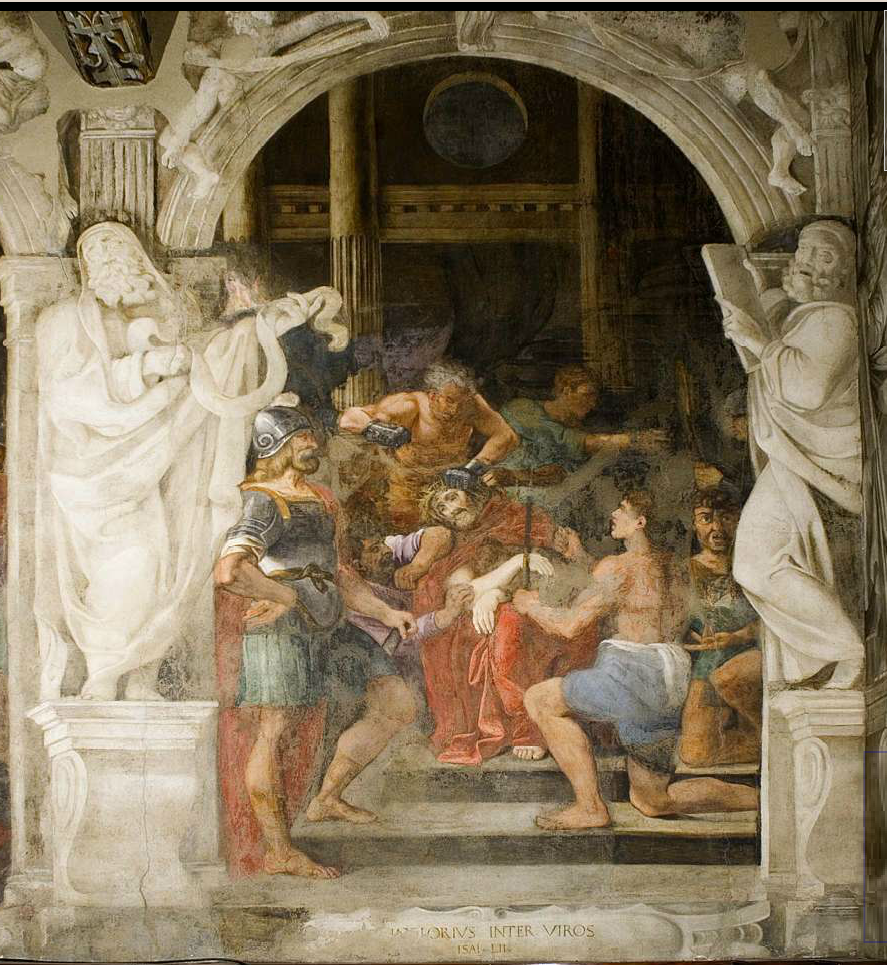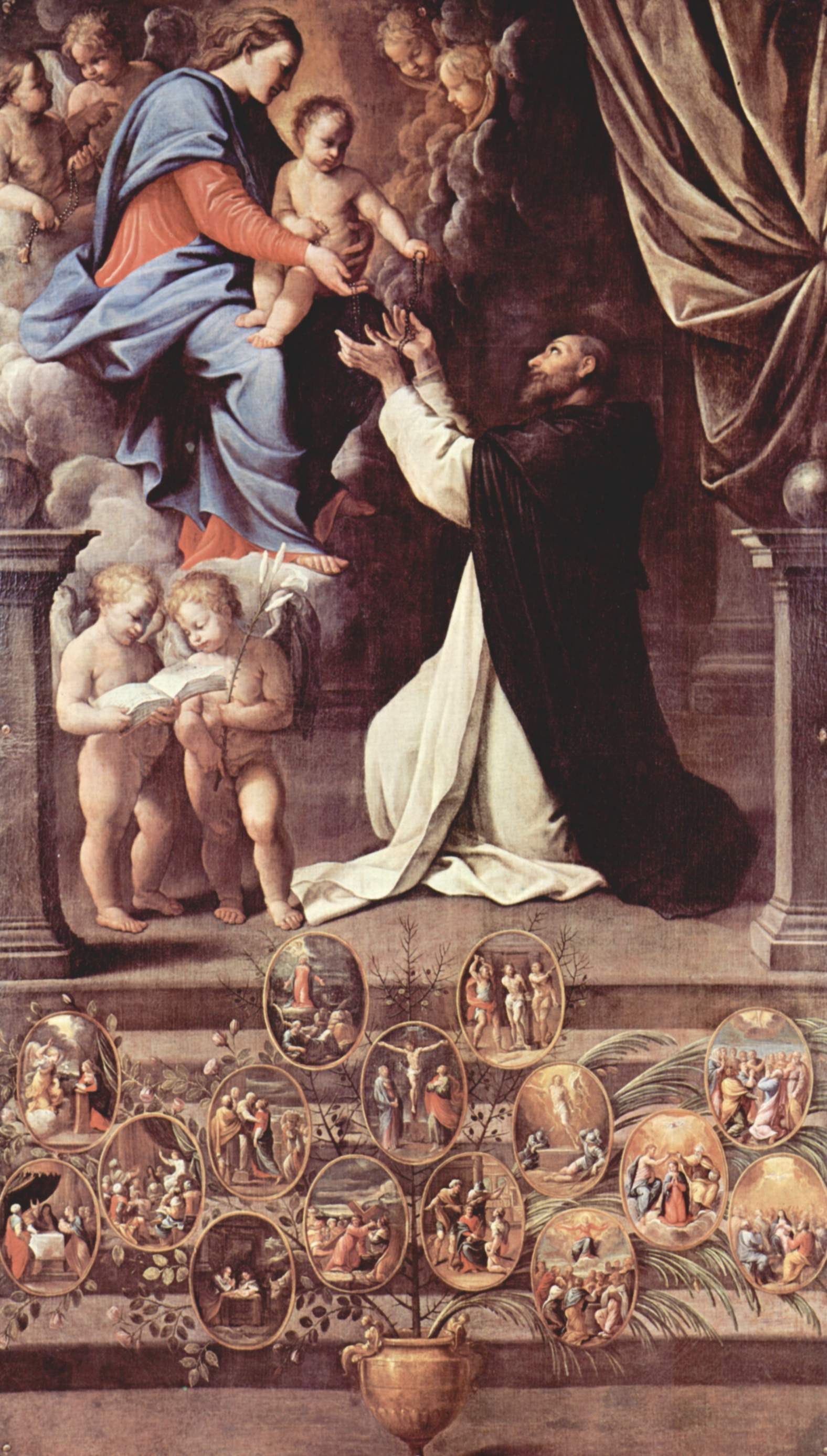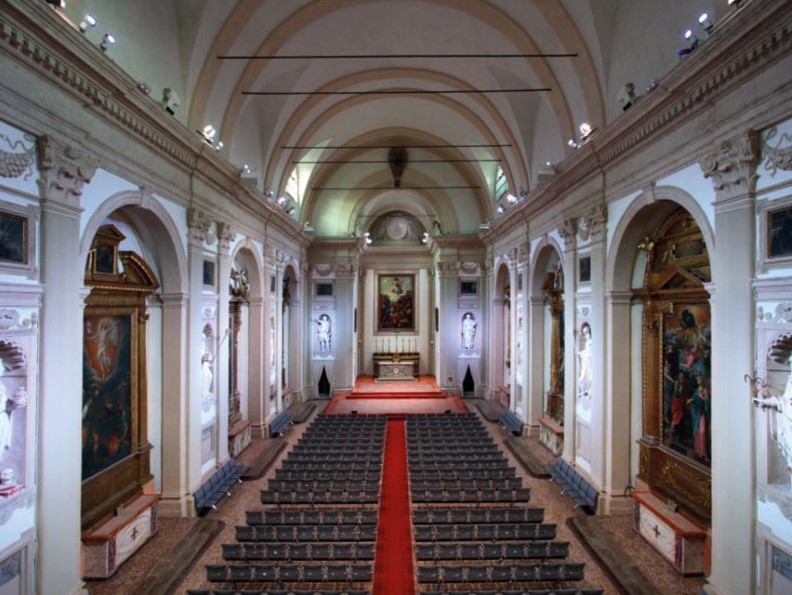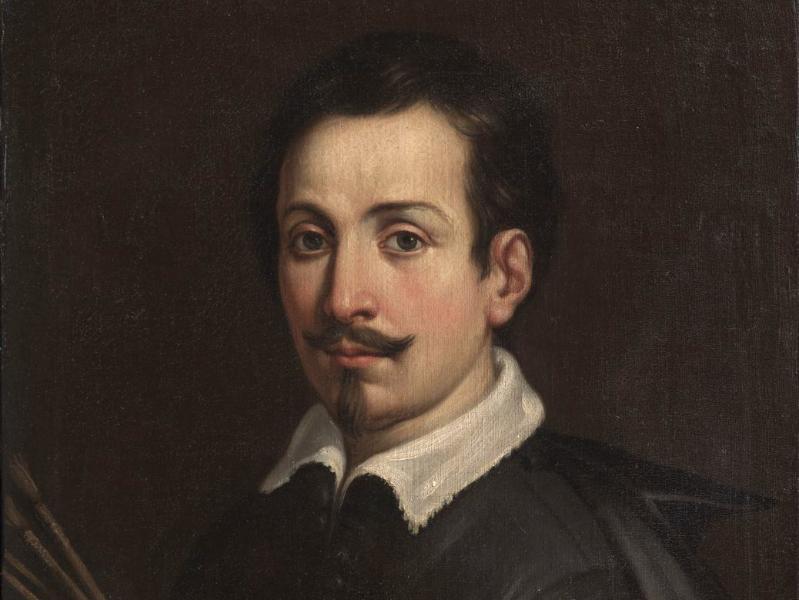From Bologna to Rome: the early works of Guido Reni
Updated on 14 November 2024 From Arte Grand Tour
Guido Reni, one of the great Italian
painters of the seventeenth century, was born in Bologna, a city that still
holds many examples from his early years. While strolling through the streets
in the centre of town, you can admire his early works and discover the places
connected to his artistic training, from art studios to frescoes.
To follow in the painter’s footsteps through the city, you can start from Palazzo Ariosti (Via S. Felice 3), where there is a plaque commemorating his birth, on 4 November 1575, to his father Daniele, a musician, and his mother Ginevra, who Reni painted in a magnificent portrait now kept in the Bologna National Gallery. The artist first trained in the studio of the Flemish painter, Denys Calvaert. Guido then attended the school of Ludovico Carracci at the famous Accademia degli Incamminati art academy. Around 1600, Ludovico’s best students, such as Francesco Albani, Domenichino and Reni himself, helped decorate the San Colombano Oratory. The Episodes of the Passion of Christ serve as a frame for the religious scenes creating majestic painted architecture. The Crowning with Thorns and the poignant Prayer in the Garden are attributed to Guido Reni who, like the others barely in their twenties, was driven by a desire to excel in what the famous historian and biographer, Carlo Cesare Malvasia, called a “glorious competition”.

Crowning with Thorns, Guido Reni, Oratorio di San Colombano, Bologna, ©Public Domain
However, an ambitious painter like Guido could only truly establish himself as an artist in Rome, when faced with the relics of antiquity and Renaissance artists. The call of the Eternal City is also behind another one of his major early works, created in Bologna, The Fall of Phaethon, frescoed on the ceiling of Palazzo Zani (which is only open to the public on special occasions). Legend has it that Phaethon, Apollo’s son, wanted to drive the sun chariot. Having lost control of the chariot, he was punished by a lightning bolt from Jupiter and finally fell into the River Po. Guido portrays the young man on a background bathed in light, struggling with the agitated movement of the horses.
While still involved with the Carracci art academy, in the early 1600s, Guido Reni also worked on independent commissions, such as the Madonna giving the Rosary to St Dominic, kept in the Basilica of S. Luca. There are fifteen medallions at the bottom of the painting with the mysteries of the rosary between the branches of a plant: by causing your gaze to linger on these small scenes, you notice the fresh, poetic beauty of Guido’s tale. After 1600, the painter moved to Rome where he worked for highly prestigious buyers.

Madonna che dona il Rosario a San Domenico, Guido Reni, Santuario della Madonna di San Luca - ©Public Domain
In Rome, Guido made a terracotta bust, having learned to mould this material in the Carracci studio. Two of the few sculptures now known to be by the artist, St Peter and St Paul, created in stucco plaster, are kept in the Church of Santa Cristina della Fondazza. Three hundred years before Giorgio Morandi settled down there, the painter lived at the convent, well-known for its nuns’ choir and a cultural landmark for the whole city. With its perfect acoustics, the church is still open today for music events.
 Church of Santa Cristina "della Fondazza", Piazzetta Morandi, Bologna
Church of Santa Cristina "della Fondazza", Piazzetta Morandi, Bologna
Rome became the place where Guido Reni finally established himself as an artist, but Bologna remained the cornerstone of his training and the first expressions of his art.

Known by the whole of Europe as “the divine Guido”, he was the most famous painter of the Bolognese school in everyone’s eyes. The son of Daniele, a musician, and Ginevra, who the artist portrayed in an exceptional portrait now in Bologna’s National Gallery, Guido Reni was born in 1575 and trained in Bologna, immediately assessing the differences between his idealised style and the “natural” one of the Carracci. After 1600, he worked in Rome for highly prestigious buyers. Having returned home in 1614, he dominated the art scene at the time. His studio brought in distinguished visitors and his fame echoed thanks to poets’ verses. Guido Reni died on 18 August 1642.